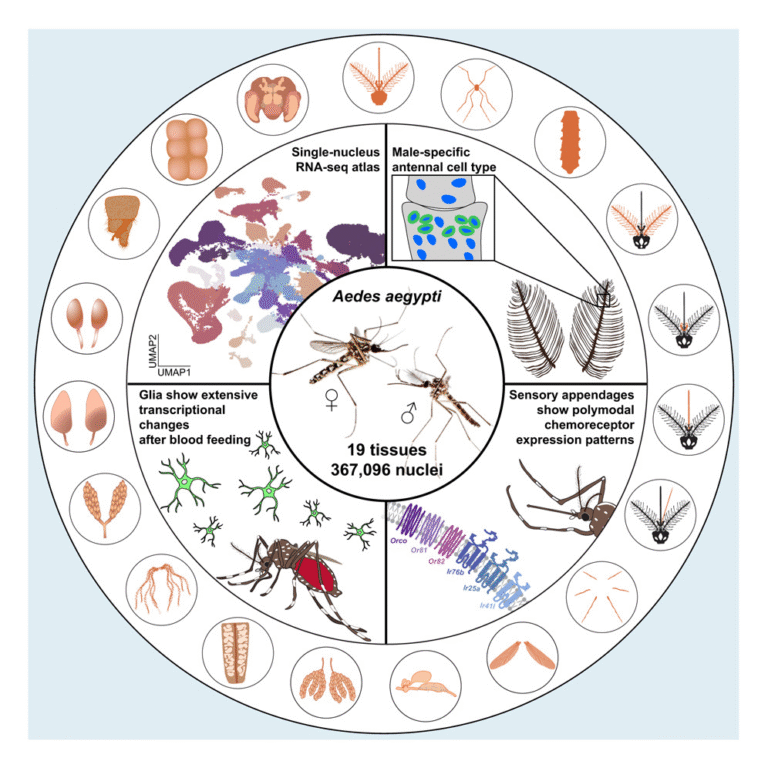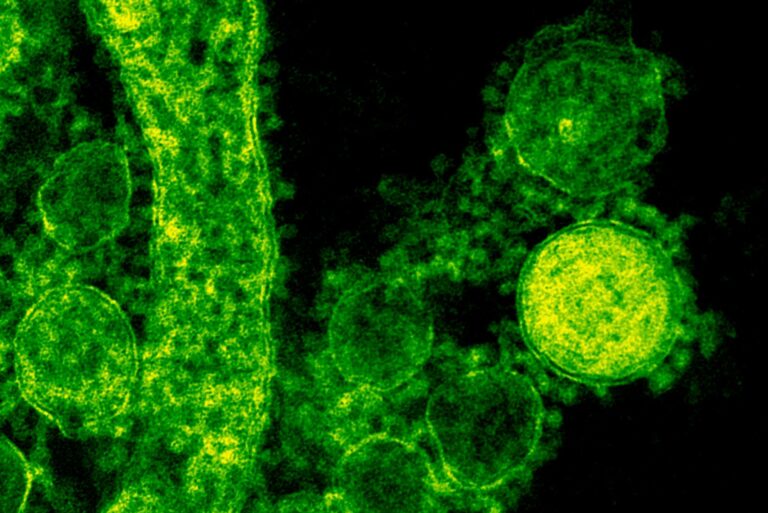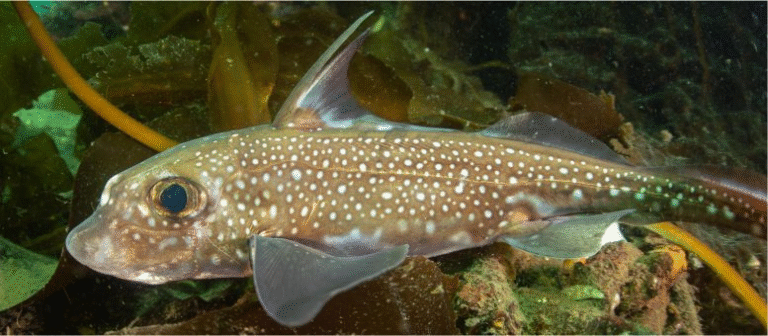New York Researchers Uncover How a “Lake-Safe” Herbicide Lingers Longer Than Expected

A new first-of-its-kind study led by scientists from Rensselaer Polytechnic Institute (RPI), Paul Smith’s College, and the Lake George Association (LGA) is shaking up what we thought we knew about a popular aquatic herbicide called florpyrauxifen-benzyl (FPB), better known by its trade name ProcellaCOR.
This chemical has been widely used across New York State—in more than 30 lakes, including Lake George, Minerva Lake, Paradox Lake, Brant Lake, Sunnyside Lake, Lake Luzerne, and Glen Lake—and hundreds of others worldwide. It was marketed as a precise, environmentally friendly way to target the invasive Eurasian watermilfoil, a plant notorious for choking freshwater habitats.
But this long-term research suggests there’s more to the story. The study found that while the herbicide disappears quickly from the water, it can linger for over a year in lakebed sediments—and even move deeper into the sediment over time. This discovery challenges long-held assumptions about how “safe” and short-lived the chemical really is in natural ecosystems.
Understanding the Herbicide
ProcellaCOR was approved by the U.S. Environmental Protection Agency (EPA) in 2017 and by New York State’s Department of Environmental Conservation (DEC) in 2019. Its active ingredient, florpyrauxifen-benzyl, belongs to a family of synthetic plant growth regulators that mimic natural hormones in plants.
When applied to a lake, FPB is designed to disrupt the growth of Eurasian watermilfoil—an invasive species that forms dense mats, blocks sunlight, and limits oxygen for fish and other aquatic life. The product’s reputation rests on two claims:
- It breaks down rapidly in water.
- It leaves native aquatic life unharmed.
Those claims have driven its adoption across the United States and beyond. But field research at Lake George, often called the “Queen of American Lakes,” now shows that the real-world behavior of FPB is more complex.
What the Study Found
The research team began monitoring the treated areas of Lake George in June 2024, when ProcellaCOR was applied to Jelliffe-Knight Bay and Blairs Bay. Scientists collected samples from the water, sediment, and aquatic plants before, during, and after treatment to track the herbicide’s persistence.
Here’s what they discovered:
1. Rapid Disappearance from Water
The herbicide behaved as expected in the water column—it broke down and became undetectable within days after application. That part matched previous lab and regulatory data.
2. Long-Term Presence in Sediments
Where things got interesting was in the lakebed sediments. Researchers found traces of FPB more than a year after the initial treatment. Not only did it remain in the surface layers of sediment, but it also migrated deeper—as much as 15 centimeters down.
The team also detected several breakdown products (called degradants), including florpyrauxifen, hydroxy-florpyrauxifen, dechloro-FPB, and dechloro-florpyrauxifen. These compounds formed as FPB decomposed but still showed persistence in sediment samples.
3. Spread Beyond Treated Zones
The herbicide didn’t stay confined to the areas where it was applied. Due to lake circulation patterns, FPB residues and its degradants were found outside the direct treatment zones, suggesting that natural currents help transport the chemical to other parts of the lake.
4. Exceeding Safe Levels for Some Species
In some sediment samples, concentrations of FPB exceeded what are known as “no observable adverse effect concentrations” (NOAECs) for certain bottom-dwelling organisms, such as chironomid larvae—tiny midges that play a key role in aquatic food webs.
This doesn’t necessarily mean harm has occurred yet, but it raises important questions about chronic exposure for organisms that live in or feed on the sediments.
Why This Matters
This study doesn’t claim that ProcellaCOR is toxic to fish, humans, or drinking water. The researchers clearly state that no evidence of health risks for people or wildlife has been found so far. However, the data reveal that FPB persists much longer in sediments than regulators and manufacturers anticipated.
That persistence could lead to long-term exposure for sediment-dwelling species and possibly bioaccumulation—where trace chemicals build up in organisms over time. If the herbicide is applied repeatedly year after year, residues might accumulate faster than they degrade, increasing ecological risks.
The team emphasizes that field-based research is essential to understand real-world environmental effects. Laboratory tests often take place in tightly controlled conditions that don’t fully capture the complexity of natural systems—like sediment binding, current-driven transport, and temperature variations.
In short, the results don’t condemn ProcellaCOR, but they do urge caution and more monitoring.
The Bigger Picture: Managing Invasive Plants Responsibly
Eurasian watermilfoil is a serious threat to North American lakes. It spreads rapidly, forms thick mats that interfere with boating and swimming, and can outcompete native plants that fish rely on for shelter. Managing it is crucial—but the methods we use matter.
Common management strategies include:
- Hand-harvesting: Divers manually remove the plants and their roots. Labor-intensive but environmentally safe.
- Mechanical harvesting: Machines cut and remove large amounts of vegetation. Faster but less selective.
- Benthic barriers: Mats placed on the lake bottom to block sunlight and smother the plants.
- Biological control: Introducing insects like the milfoil weevil that naturally feed on the invasive plant.
- Chemical treatment: Using herbicides like ProcellaCOR to quickly reduce infestations.
Each method has pros and cons. Chemical treatments can provide rapid relief but risk unintended consequences, such as altering sediment chemistry or affecting non-target species. Mechanical methods are slower and more expensive but less disruptive to ecosystems.
The takeaway? A balanced, long-term management plan combining mechanical, biological, and chemical approaches—supported by ongoing monitoring—is the best path forward.
The Role of RPI and the Jefferson Project
Rensselaer Polytechnic Institute has a long history of studying freshwater ecosystems through its Darrin Fresh Water Institute (DFWI) and the Jefferson Project, a major collaboration between RPI, IBM, and the Lake George Association.
These programs use advanced sensors, data modeling, and real-time monitoring to study how climate change, pollution, and human activity impact lake health. The ProcellaCOR study builds directly on that legacy, expanding the understanding of how human interventions interact with complex natural systems.
What Happens Next
The research team plans to continue monitoring the presence of ProcellaCOR and its breakdown products in Lake George sediments, plants, and animals. They also intend to study other Adirondack lakes where the herbicide has been applied.
Future work will focus on:
- Determining how long FPB residues persist in sediment under different conditions.
- Studying how the herbicide interacts with benthic organisms over time.
- Assessing whether repeated annual treatments could lead to cumulative effects.
- Providing data to regulatory agencies like DEC and EPA to guide better management decisions.
The study also encourages local governments and lake managers to re-evaluate their aquatic invasive species (AIS) management plans. Instead of relying heavily on herbicides, the researchers suggest integrating multiple control methods and long-term environmental monitoring to ensure lake health for future generations.
Key Takeaway
The message is clear: just because a product is EPA-approved and effective against invasive species doesn’t mean its long-term ecological footprint is fully understood. Real-world conditions can produce very different outcomes than laboratory tests predict.
The findings from Lake George serve as a reminder that protecting freshwater ecosystems is an ongoing process, one that demands curiosity, transparency, and a willingness to adjust course as new data emerge.
As this research continues, it could shape how we manage not only invasive plants in New York but freshwater health across the world.





